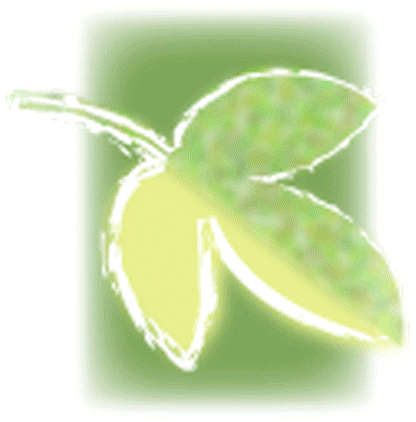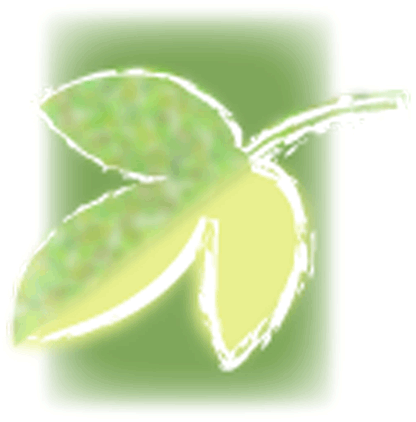Barbera (continued)
Essentially you have the choice of three styles of Barbera. First, the stainless steel aged Barbera produces a fresher, fruity wine. Thanks to their plentiful anthocyans and their reduced tannins, in skilled hands Barbera grapes can produce splendid easy-to-drink medium-bodied reds that are affordable and approachable when young. Next, the barrique-aged Barberas that are grand and powerful. Giacomo Bologna changed everything for Barbera when he released his Bricco dell’Uccellone in the early eighties. Selecting grapes from the best vineyards and aging them in new French barriques, his results started a revolution in Piedmont wine-producing circles. Today’s producers are now using the barrel to soften out their acidic Barbera wines. Barrique techniques, combined with lower yields and old vines, are producing wines that are big and soft. The 11% alcohol levels of the supermarket brands can be raised to 14% or higher in some of the new-style Barbera wines. The best selections and the ‘Superiore’ version will grace any table, and are perfect with top quality meat, game and mature cheeses. To obtain a ‘Superiore' denomination requires adherence to strict regulations, including careful selection of the grapes and barrel refining in the cellar for a minimum of 1 year. If stored properly, these wines can be appreciated even after 10 years in the bottle. Finally, the third type of Barbera comes from producers who are blending Nebbiolo and Barbera grapes. These super-Piemonte wines fall under the Langhe Rosso DOC denomination, and typically consist of around 60% Barbera and 40% Nebbiolo. They represent Piedmont's answer to super-Tuscans. They can cost as much (if not more) than Barolo and Barbaresco.



